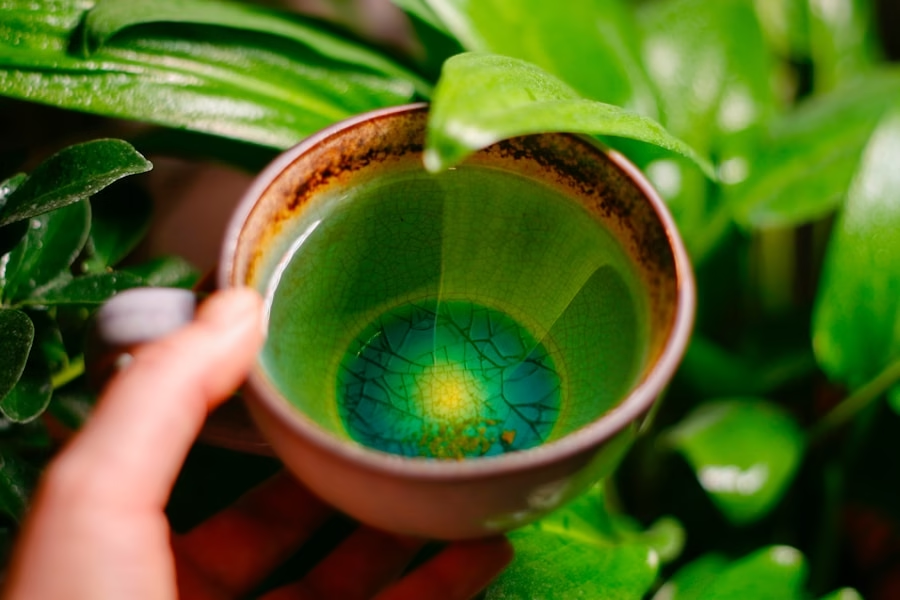The climate you live in can have a significant impact on the health and appearance of your skin. Hot and humid climates can lead to excess oil production and breakouts, while cold and dry climates can cause dry, flaky skin. Understanding how the climate affects your skin is the first step in creating a skincare routine that works for you.
In hot and humid climates, the high levels of moisture in the air can lead to increased oil production in the skin. This can result in clogged pores, acne breakouts, and a shiny complexion. On the other hand, cold and dry climates can strip the skin of its natural oils, leading to dryness, flakiness, and irritation. It’s important to pay attention to how your skin reacts to the climate you live in and adjust your skincare routine accordingly.
Adapting Your Skincare Routine for Hot and Humid Climates
In hot and humid climates, it’s important to focus on keeping the skin clean and balanced. This means using a gentle cleanser to remove excess oil and sweat, and a lightweight moisturizer to hydrate the skin without adding extra oil. Look for products that are non-comedogenic, meaning they won’t clog pores, and oil-free to help control shine.
Exfoliation is also key in hot and humid climates to prevent clogged pores and breakouts. Using a gentle exfoliating scrub or chemical exfoliant a few times a week can help keep the skin clear and smooth. Additionally, using a clay mask once or twice a week can help absorb excess oil and purify the skin. Finally, don’t forget to protect your skin from the sun with a broad-spectrum sunscreen with at least SPF 30.
Adjusting Your Skincare Routine for Cold and Dry Climates
In cold and dry climates, the focus shifts to hydrating and protecting the skin. Look for a creamy, nourishing cleanser that won’t strip the skin of its natural oils, and a rich moisturizer to provide long-lasting hydration. Consider adding a hydrating serum or facial oil to your routine to give your skin an extra boost of moisture.
Exfoliation is still important in cold and dry climates, but it’s best to use a gentle exfoliant that won’t further irritate the skin. A hydrating mask can also be beneficial in these climates to replenish moisture and soothe dry, flaky skin. And of course, don’t forget to protect your skin from the sun, even in cold and dry climates. UV rays can still cause damage, so be sure to use a broad-spectrum sunscreen every day.
Choosing the Right Products for Tropical Climates
In tropical climates, it’s important to choose skincare products that are lightweight, non-greasy, and non-comedogenic. Look for gel-based cleansers and moisturizers that will hydrate the skin without adding extra oil. Hyaluronic acid is a great ingredient to look for in tropical climates, as it can hold up to 1000 times its weight in water, providing intense hydration without heaviness.
When it comes to exfoliation, opt for gentle chemical exfoliants like AHAs or BHAs that can help keep the skin clear without causing irritation. And don’t forget about sun protection – in tropical climates, it’s crucial to use a broad-spectrum sunscreen with at least SPF 30 every day. Consider using a lightweight, water-resistant formula that will hold up to sweat and humidity.
Protecting Your Skin in Harsh and Windy Climates
In harsh and windy climates, it’s important to focus on protecting the skin from the elements. Look for a gentle cleanser that will remove dirt and debris without stripping the skin of its natural oils, and a rich moisturizer that will create a barrier against harsh winds. Consider using a facial oil or balm to provide extra protection and nourishment for the skin.
Exfoliation is still important in harsh and windy climates, but it’s best to use a gentle exfoliant that won’t further irritate the skin. A hydrating mask can also be beneficial in these climates to replenish moisture and soothe any irritation. And of course, don’t forget about sun protection – even in harsh and windy climates, UV rays can still cause damage, so be sure to use a broad-spectrum sunscreen every day.
Skincare Tips for Transitioning Between Climates
If you find yourself transitioning between different climates frequently, it’s important to pay attention to how your skin reacts and adjust your skincare routine accordingly. When moving from a hot and humid climate to a cold and dry one, you may need to switch to more hydrating products to combat dryness. Conversely, when moving from a cold and dry climate to a hot and humid one, you may need to switch to lighter, oil-free products to prevent excess oil production.
Consider using travel-sized versions of your skincare products when transitioning between climates so you can easily adjust your routine as needed. And don’t forget about sun protection – no matter where you are, it’s crucial to use a broad-spectrum sunscreen with at least SPF 30 every day.
Importance of Sun Protection in Every Climate
No matter what climate you live in or are traveling to, sun protection is crucial for maintaining healthy skin. UV rays can cause premature aging, sunburn, and even skin cancer, so it’s important to use a broad-spectrum sunscreen with at least SPF 30 every day. This is true even on cloudy days or in cold climates – UV rays can still penetrate through clouds and cause damage.
In addition to using sunscreen, consider wearing protective clothing like hats and sunglasses, seeking shade during peak sun hours, and avoiding tanning beds. It’s also important to perform regular skin checks for any changes or abnormalities that could indicate skin cancer. By prioritizing sun protection in every climate, you can help maintain the health and appearance of your skin for years to come.




